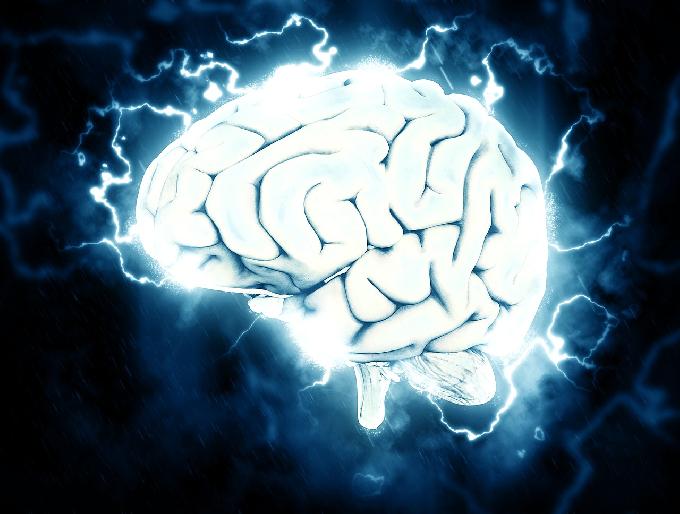In a significant advancement for neuroscience, researchers have successfully created the first-ever “mini-brains” using cells from multiple individuals. These intricate 3D brain models, dubbed “chimeroids,” hold immense promise for revolutionizing drug discovery as well as our understanding of brain development.
Overcoming Limitations with Chimeroids
Traditionally, mini-brains, also known as cerebral organoids, were grown from a single person’s stem cells. This limitation restricted their ability to represent the natural genetic diversity present in the human population. Chimeroids overcome this hurdle by incorporating cells from various donors, creating a more realistic “village in a dish” model.
Development Process
The development process involves collecting stem cells from multiple individuals and coaxing them into separate mini-brains. These mini-brains are then carefully broken down, and their cells are recombined to form chimeroids, ensuring each one contains a mix of cells from all the original donors.
Potential for Personalized Medicine
This innovation holds significant potential for personalized medicine. By testing drugs on chimeroids derived from cells with specific genetic variations, scientists can gain valuable insights into how different individuals might respond to medications. This could significantly improve the efficiency and accuracy of drug development, leading to more effective treatments for neurological diseases.
A Leap Forward in Neuroscience Research
The creation of chimeroids marks a major leap forward in neuroscience research. These mini-brains offer a powerful new tool for scientists to study brain development, function, and well as disease in a way that more closely reflects the complexities of the human brain.







